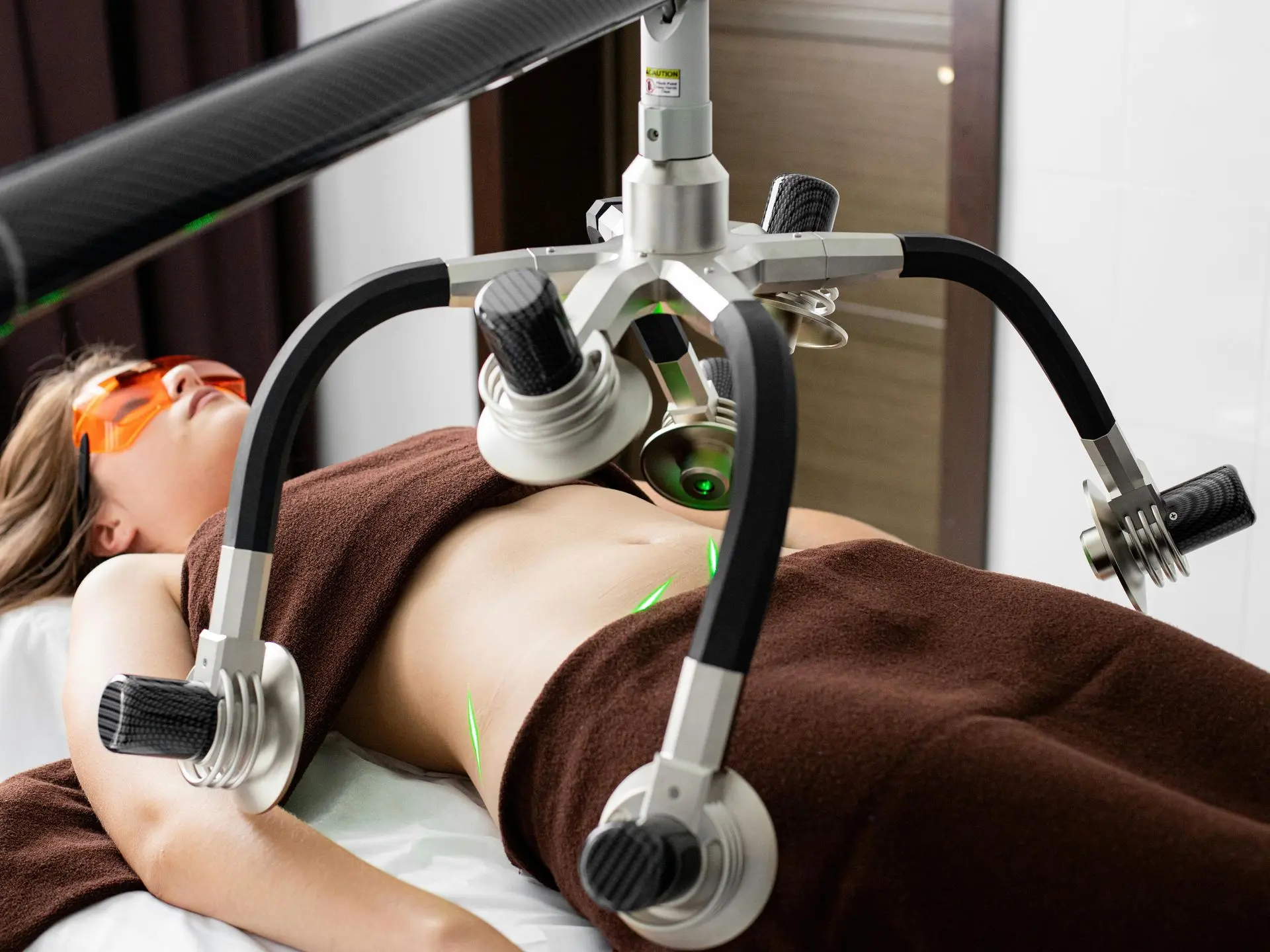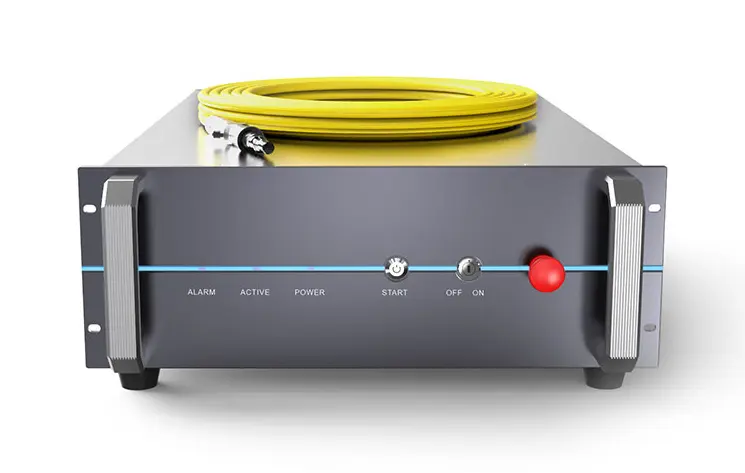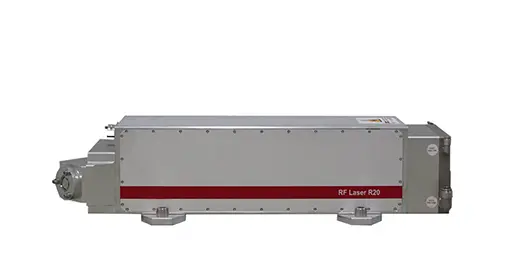
Laser fat removal involves the use of laser radiation to penetrate the skin, selectively heat the fat cells, and achieve the desired slimming and shaping effect. The effect of laser fat removal has recently been recognized; it can be performed close to the skin, and there is no specific requirement for skin thickness. Lasers work to melt the fat away from under the skin by perforating the cells so they deflate.
Low-level laser light reduces the stability of adipocyte cell membranes, allowing cells to release their stores of fat without damaging the cell. It's a minimally invasive surgical procedure performed under local or general anesthesia that liquifies and removes stubborn fat. Aside from melting the fat cells, laser beams also coagulate small blood vessels, which prevents excessive bleeding.
Fat Removal

Laser fat removal involves the use of laser radiation to penetrate the skin, selectively heat the fat cells, and achieve the desired slimming and shaping effect. The effect of laser fat removal has recently been recognized; it can be performed close to the skin, and there is no specific requirement for skin thickness. Lasers work to melt the fat away from under the skin by perforating the cells so they deflate.
Low-level laser light reduces the stability of adipocyte cell membranes, allowing cells to release their stores of fat without damaging the cell. It's a minimally invasive surgical procedure performed under local or general anesthesia that liquifies and removes stubborn fat. Aside from melting the fat cells, laser beams also coagulate small blood vessels, which prevents excessive bleeding.
Fat Removal
In fat removal treatments, lasers are used to target and break down fat cells non-invasively, offering a less painful alternative to traditional liposuction with minimal downtime. The most commonly used lasers for fat removal include diode lasers, Nd:YAG lasers, and CO₂ lasers, each chosen based on their depth of penetration and thermal effect on fat tissue.
Diode lasers are commonly used in laser lipolysis, where low-level laser energy penetrates the skin to disrupt fat cells, allowing the body to naturally eliminate them. These systems are popular for body contouring and localized fat reduction.
Nd:YAG lasers, especially in 1064 nm wavelength, are used in minimally invasive laser-assisted lipolysis. They not only melt fat but also stimulate collagen, helping to tighten the skin after fat removal.
CO₂ lasers are less commonly used directly for fat removal but may be integrated into skin-tightening procedures following fat reduction to improve skin tone and texture.
The choice of laser in fat removal depends on whether the treatment is non-invasive or minimally invasive, the area of the body, and skin tightening requirements. Diode and Nd:YAG lasers are the most commonly used for effective and safe fat reduction treatments.
In fat removal treatments, lasers are used to target and break down fat cells non-invasively, offering a less painful alternative to traditional liposuction with minimal downtime. The most commonly used lasers for fat removal include diode lasers, Nd:YAG lasers, and CO₂ lasers, each chosen based on their depth of penetration and thermal effect on fat tissue.
Diode lasers are commonly used in laser lipolysis, where low-level laser energy penetrates the skin to disrupt fat cells, allowing the body to naturally eliminate them. These systems are popular for body contouring and localized fat reduction.
Nd:YAG lasers, especially in 1064 nm wavelength, are used in minimally invasive laser-assisted lipolysis. They not only melt fat but also stimulate collagen, helping to tighten the skin after fat removal.
CO₂ lasers are less commonly used directly for fat removal but may be integrated into skin-tightening procedures following fat reduction to improve skin tone and texture.
The choice of laser in fat removal depends on whether the treatment is non-invasive or minimally invasive, the area of the body, and skin tightening requirements. Diode and Nd:YAG lasers are the most commonly used for effective and safe fat reduction treatments.




